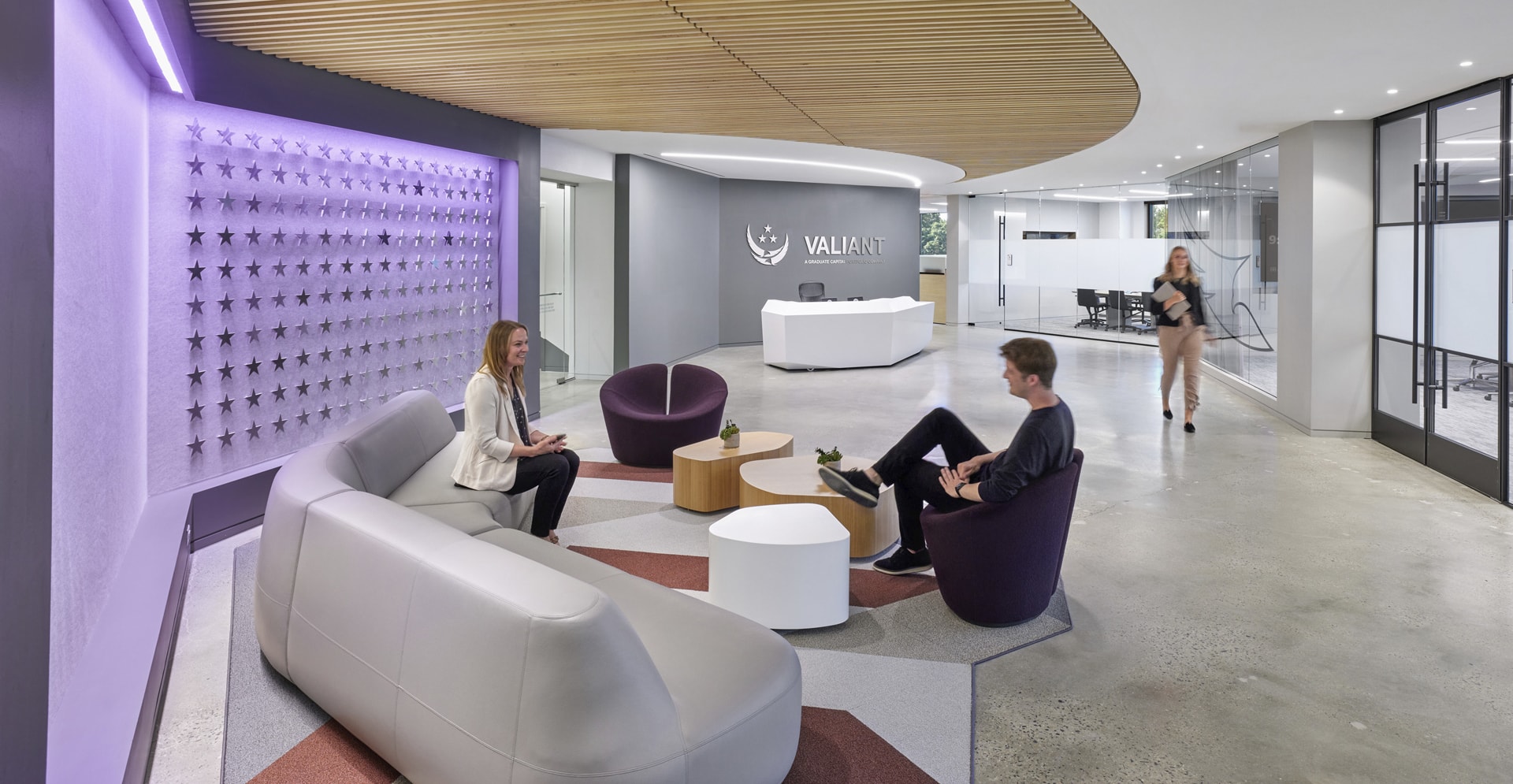People are prioritizing flexibility over salary.
The average person spends about one-third of their life at work. Now that going to the physical office is a choice for many organizations, employers are considering how to make the physical office a compelling reason to come in. This comes with its challenges in a post-pandemic world of remote and hybrid work standards. For companies trying to implement strict rules around in-person work, like Musk’s Twitter, employees are giving serious blowback. According to Owl Labs, if asked to return to the office full-time, 67% of remote workers say they would expect a pay increase to make up for the additional costs. Their concerns are valid—it is reported that in-person workers spend an average of $19.11 more each day than when they work from home due to commuting, food, and clothing/laundry. 46% would stay in their role when asked to come in, but “quiet quit.”
Aspects of pre-pandemic work hours—daily commuting, missed dinners, skipped workouts, and family events—are no longer fathomable for many. Employees established new rhythms of working—flexible in both time and place/physical location. The work-from-home arrangement is so appealing to many that workers are willing to sacrifice up to 5% of their salary to continue working from home, proving that time is, in some cases, becoming more valuable than money. Many workers can be as effective and companies as profitable when working remotely.
The evolving approach to in-person vs. hybrid work is not universal: Europe has more fully adopted a hybrid model, whereas the U.S. is more divided on the matter. In China’s densely populated cities, few are given the choice to work remotely, and most people have returned to the office for at least three to four days a week. In some areas of the world, the idea persists that if others cannot see one working, then one is likely not working hard enough.

The office of the past was highly standardized and focused on individual heads-down work. Today, companies must take a nuanced approach. Instead of prescribing an office space, they must listen to their employees and craft the working environment accordingly. The experience of the future worker will be driven by the desire to be in environments that elevate us mentally and physically. People will come into the office if they see the value in doing so: an equation determined by culture, economics, urban transit, and day-to-day life.
This is not necessarily a bad thing. Rather than force the issue, companies should be aware that workers are willing to sacrifice for a flexible work environment. This pause for reflection and ideation also allows companies the opportunity to look at how they want to function as a collective both in the digital and physical realms. To expand their reach as they navigate the hybrid world, companies should institute improved communication and deeper, more intentional engagement. This approach acts with the well-being of individuals in mind, guiding people through moments of change with clarity, consistency, equity, and trust.
When employees come into the physical office, there must be a clear purpose and the space and tools which encourage employees to come in.








